All about brilliant honeysuckle
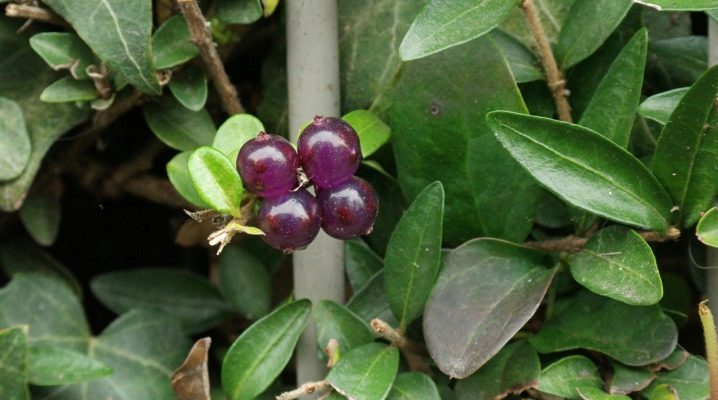
Gardeners will only benefit if they know everything about brilliant honeysuckle, and this knowledge cannot be reduced solely to the description of the shrub. It is necessary to pay attention to the use of such varieties as "Meigrun", "Elegant" and other varieties of decorative honeysuckle in landscape design. It is also worth familiarizing yourself with the nuances of planting and care.
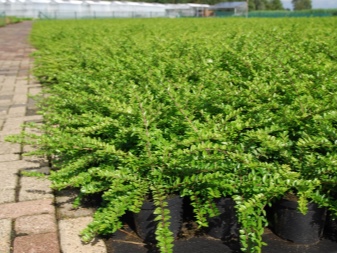
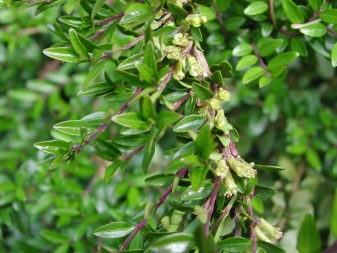
general description
It is very often difficult to choose a suitable shrub for decorating your garden and other territory. However, you can turn to widely accepted and well-proven solutions. First of all, brilliant honeysuckle deserves attention: its decorative performance is excellent. For the first time such a plant was noticed in the nature of the western part of China, and its aesthetic benefits were quickly appreciated. In warm climates, an evergreen shrub can grow up to 2 m tall.
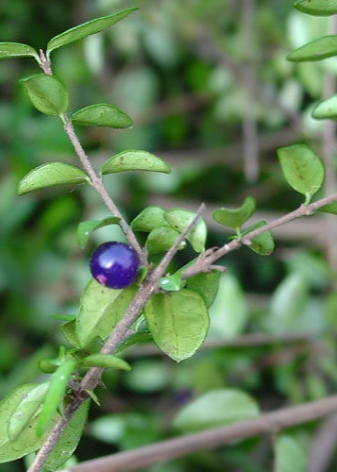

Small shiny leaves are formed on it. These leaves are shaped like an egg. They are grouped into a dense crown according to the system of opposite leaf arrangement. From above, the leaves are dark green and slightly shiny, from below they are lighter. The fruits are like a ball and have a cross section of 40 mm. They are painted in purple tones and are notoriously inedible.
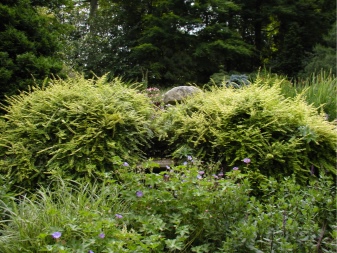
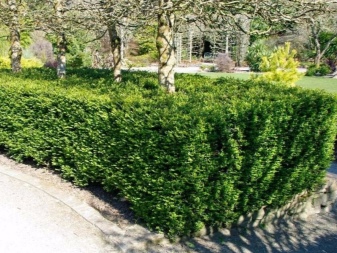
The best varieties
In Russia, there are two of the most popular varieties of brilliant honeysuckle. The Maigrun variety is relatively low. It is recommended for use in the formation of hedges. Also, this plant is suitable for border decoration. But you can still make graceful transitions or resort to solitary landing.
The leaves of "Maygrun" are about the same as those of boxwood. The flowers are attractive not only for their graceful geometry, but also for their powerful scent. The fruits are visually beautiful, but not edible. Heat and even drought, waterlogging and strong wind does not care for this plant.
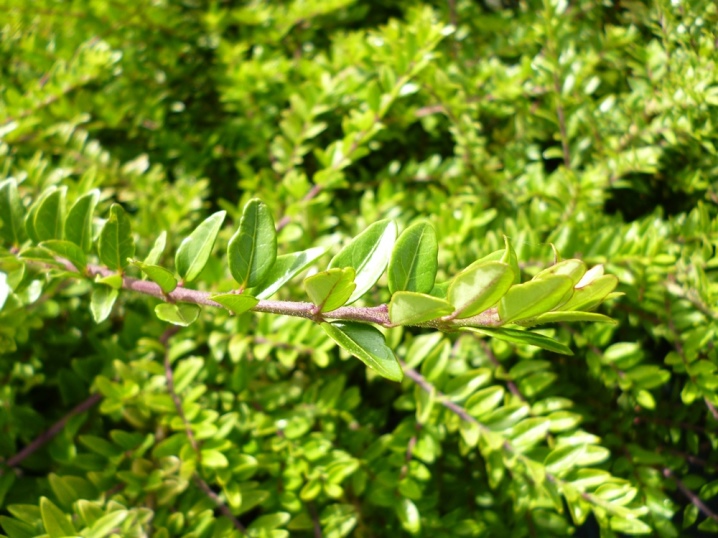
It can be cultivated in containers and used as part of complex decorative compositions.
Maygrun blooms from late spring to early autumn. But not continuously, but pauses. Its flowers are of the tubular type and are approximately 1 cm long. Allowable winter temperatures must be at least -15 degrees. Even if, with a lack of snow, the plant is frozen, it will quickly recover.
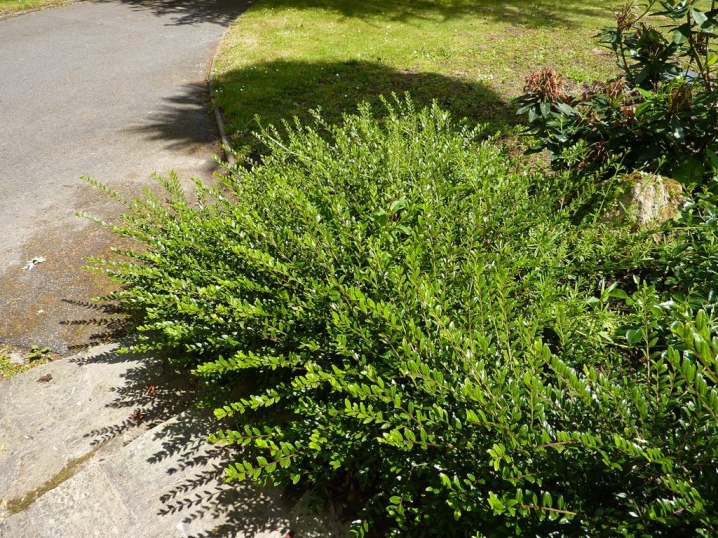
An even more popular variety, "Elegant", deserves attention. Its demand in our country is largely due to its higher frost resistance: the culture confidently survives cold temperatures down to -28 degrees. The height and width of the shrub are 0.5-1.5 m. The flowers are creamy white and tubular. They are grouped in pairs on short stalks, usually blooming in the last third of spring.
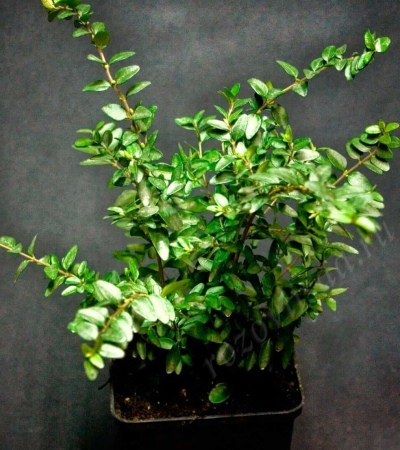
The "Eleganta" fruits are purple berries with a characteristic shine. Their cross-section reaches 0.4 cm. The appearance of evergreen foliage with an opposite arrangement is typical. It resembles an egg or a circle in shape. The length of the leaves is small, they are dark green above, and light green below.
In the most severe winters, "Elegant" freezes to the ground. However, the plant recovers easily. It is considered to be well adapted to the conditions of detention in the city. The branches that lie on the ground take root without any problems. It is a shrub with dense branching and vertical development of skeletal branches.
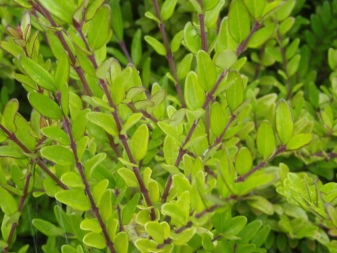
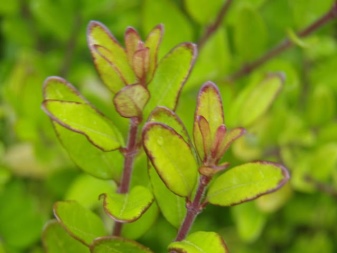
Planting and leaving
It is best to plant brilliant honeysuckle in spring. There should be a distance of 1 to 1.5 m between individual holes.The depth of the holes, as well as their cross-section, is approximately 0.5 m.If underground waters come close to the ground, it is necessary to equip drainage based on expanded clay or brick battle. A mixture of 1 part of sand, 2 parts of peat and 3 parts of humus is placed in the holes. 0.05 kg of nitroammophoska is added to each bucket.
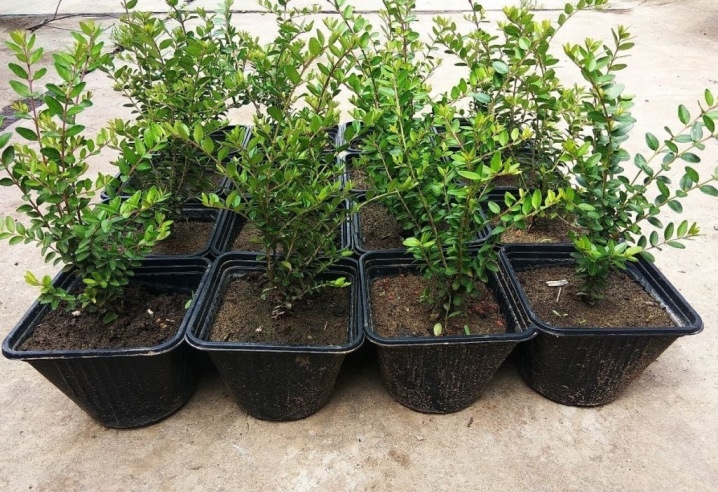
The seedling set in the middle is sprinkled with prepared soil. Make sure that the root collar is exactly at ground level. The root area must be compacted and watered. When the shrinkage is over, the earth is additionally poured. Unnecessarily long shoots should be pruned so that water evaporation is slower.
At the very beginning of spring, Agricola is used. In the middle of the growing season, you need to apply phosphorus-potassium mixtures so that the plants are prepared for wintering. With a long drought, watering should go 2 or 3 times a month in a volume of 10 liters of water under a bush.
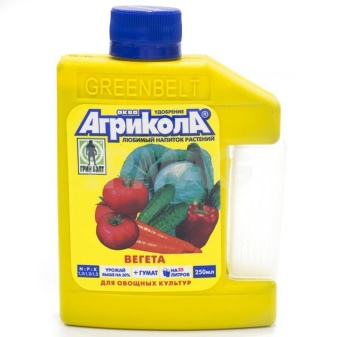
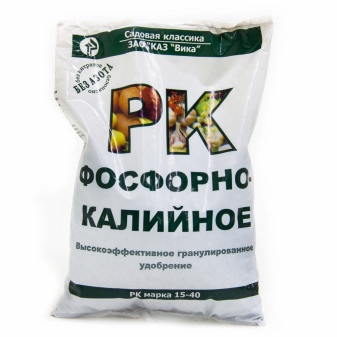
Weeds must be removed before they grow. Shown mulching with sawdust or peat, crown formation in the first 2 years.
Reproduction
Honeysuckle can be propagated almost all year round. Layers are used in the spring, before the buds open. Cuttings can be used from flowering to leaf shedding. In both early spring and late autumn, you can divide the bushes. Seed reproduction is the most versatile in terms of timing and is impossible only in winter.
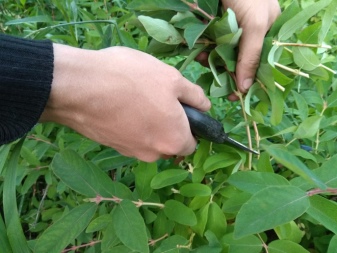

Layers are suitable for simple propagation. But it is required that the plants give quality annual shoots. They need 3 or 4 pieces. Such shoots are attracted to the ground and fixed with wire arcs. Furrowing helps to activate the emergence of roots. By the fall, the cuttings will have already acquired their own root system, it remains only to separate it with a pruner and transplant it to a permanent point.
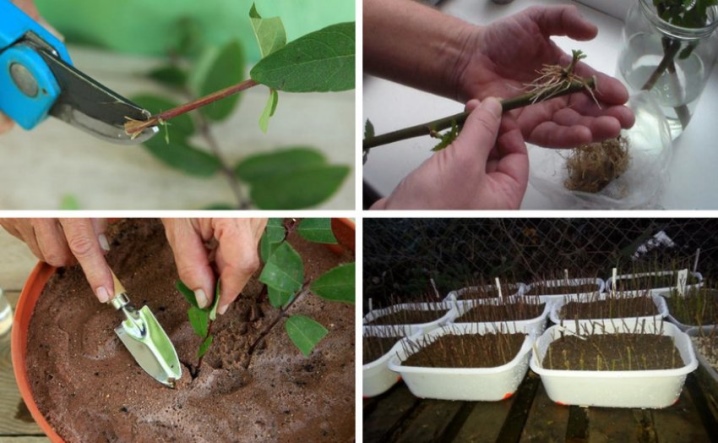
Application in landscape design
Honeysuckle is even suitable for decorating shaded areas. Provided that it is properly trimmed, it can be given an arbitrary shape. The bushes are suitable for arches, buildings, hedges. Plants will feel good in the neighborhood with other shrubs and low trees, and the aesthetic compatibility is quite at the level. You can plant several specimens with different heights, vary the color, geometry of the composition.
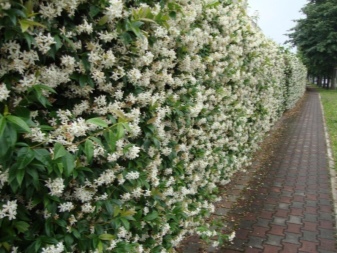
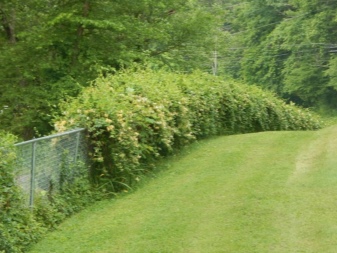








The comment was sent successfully.